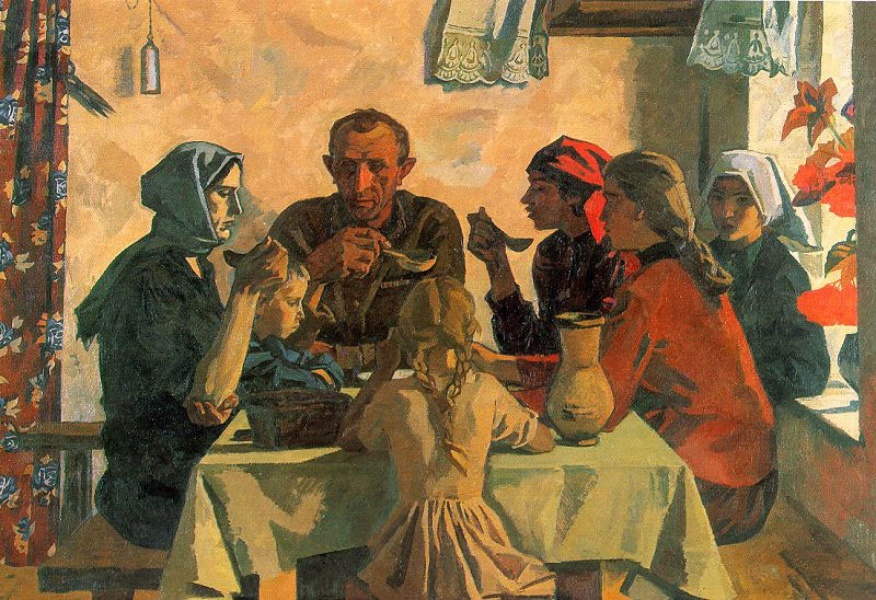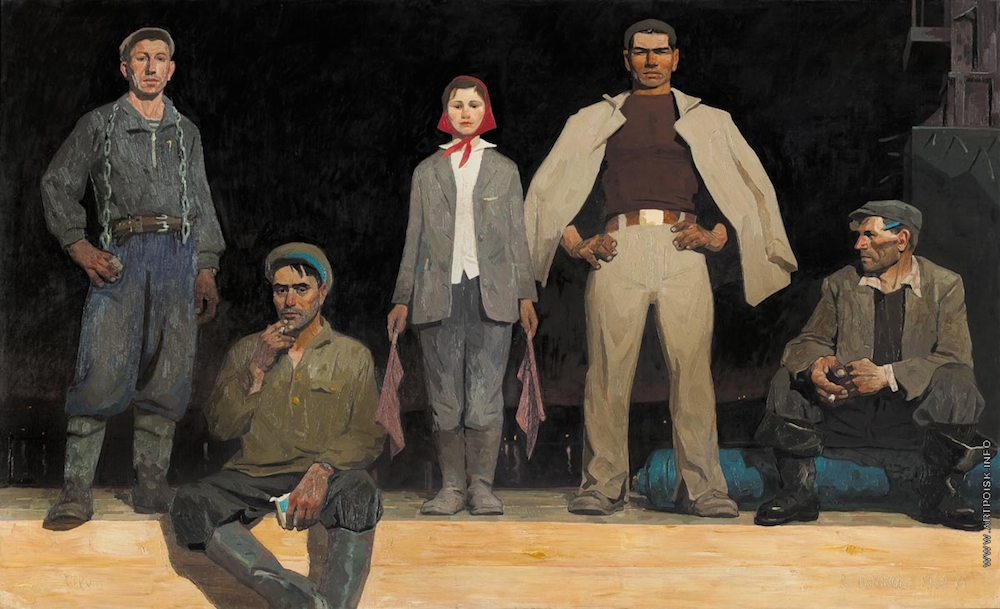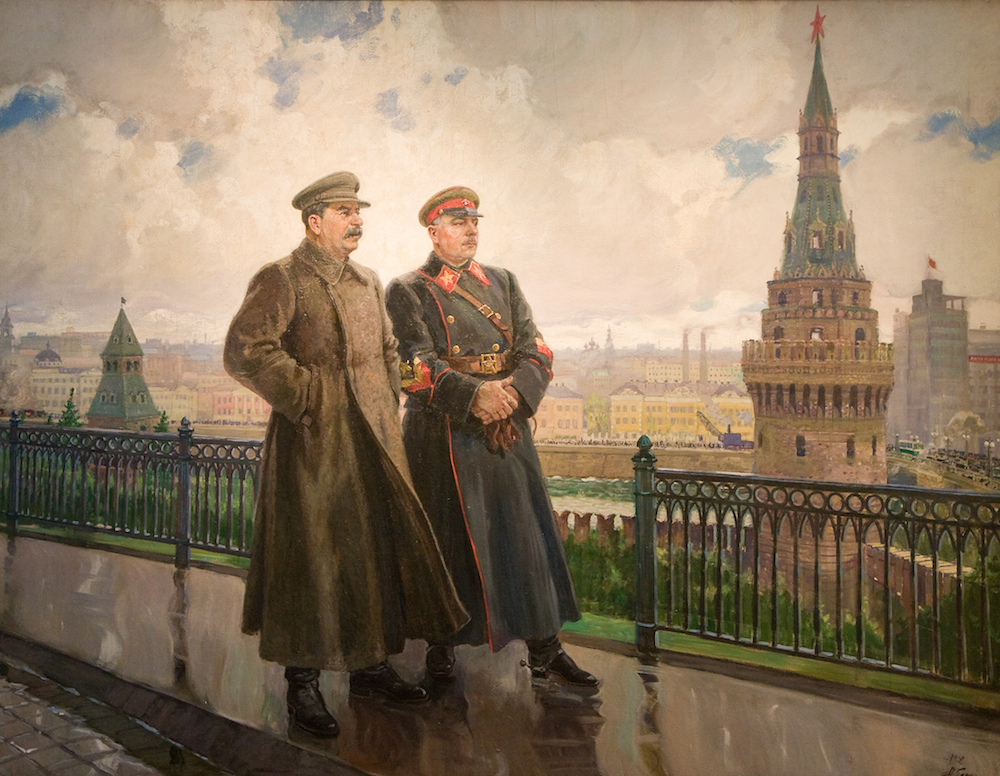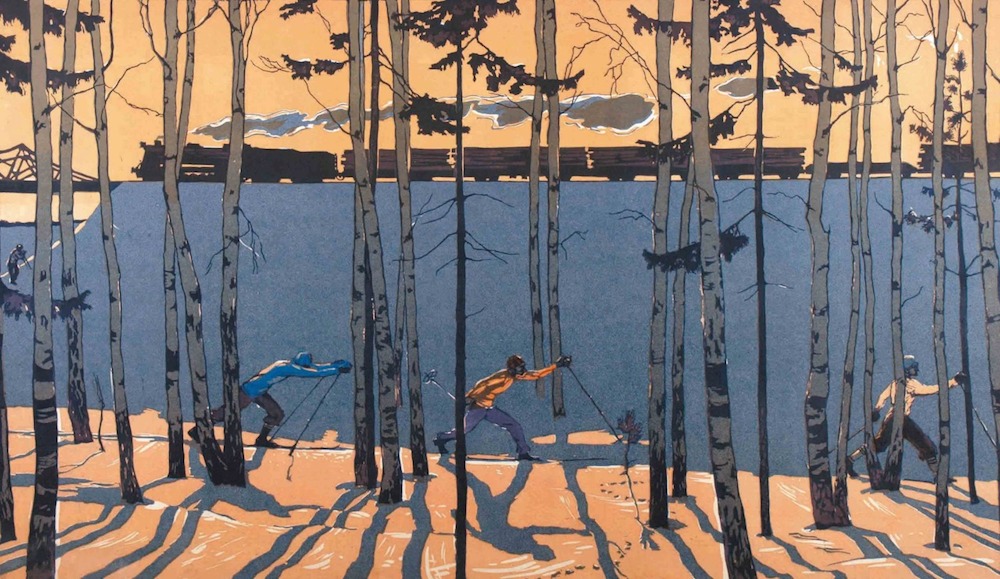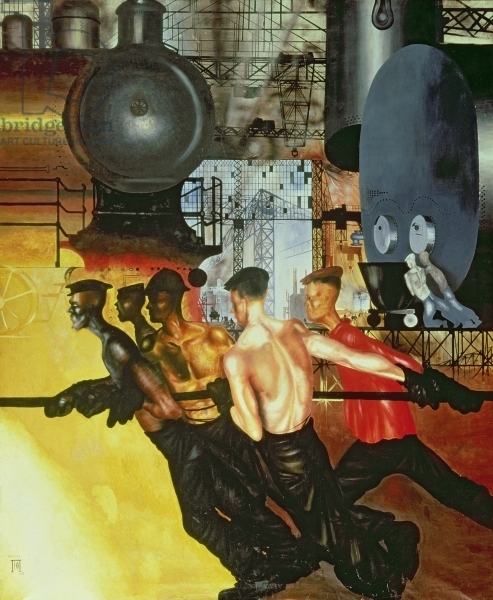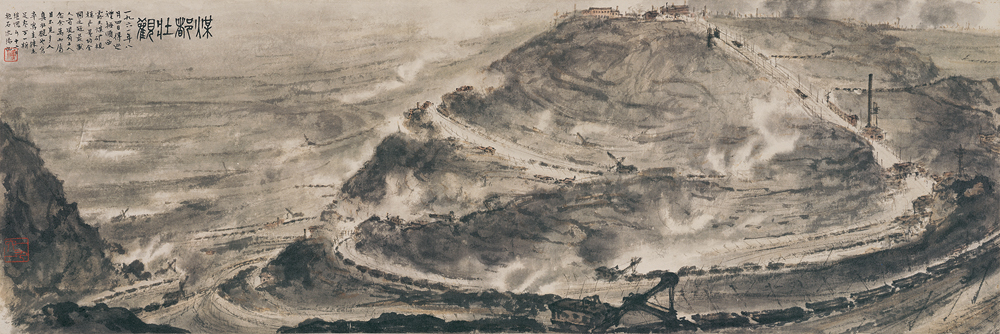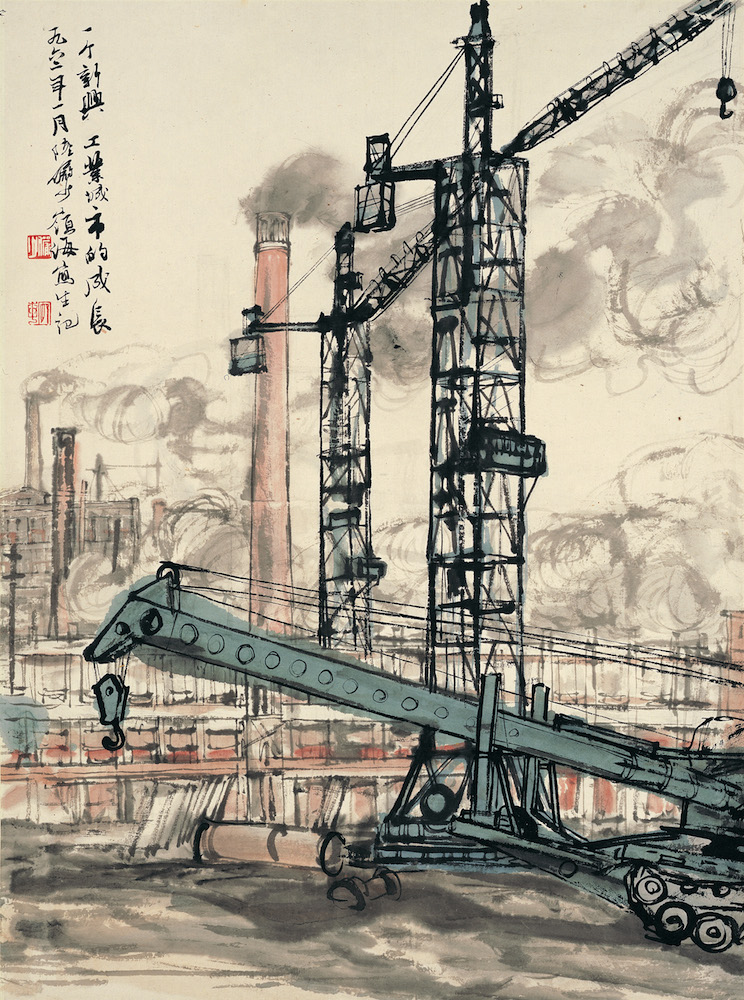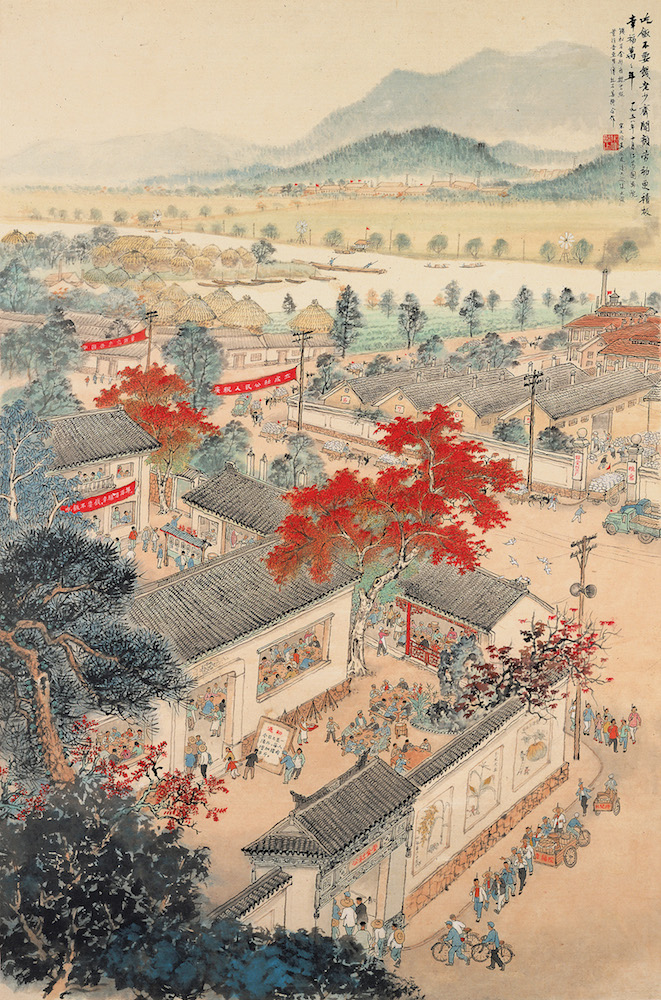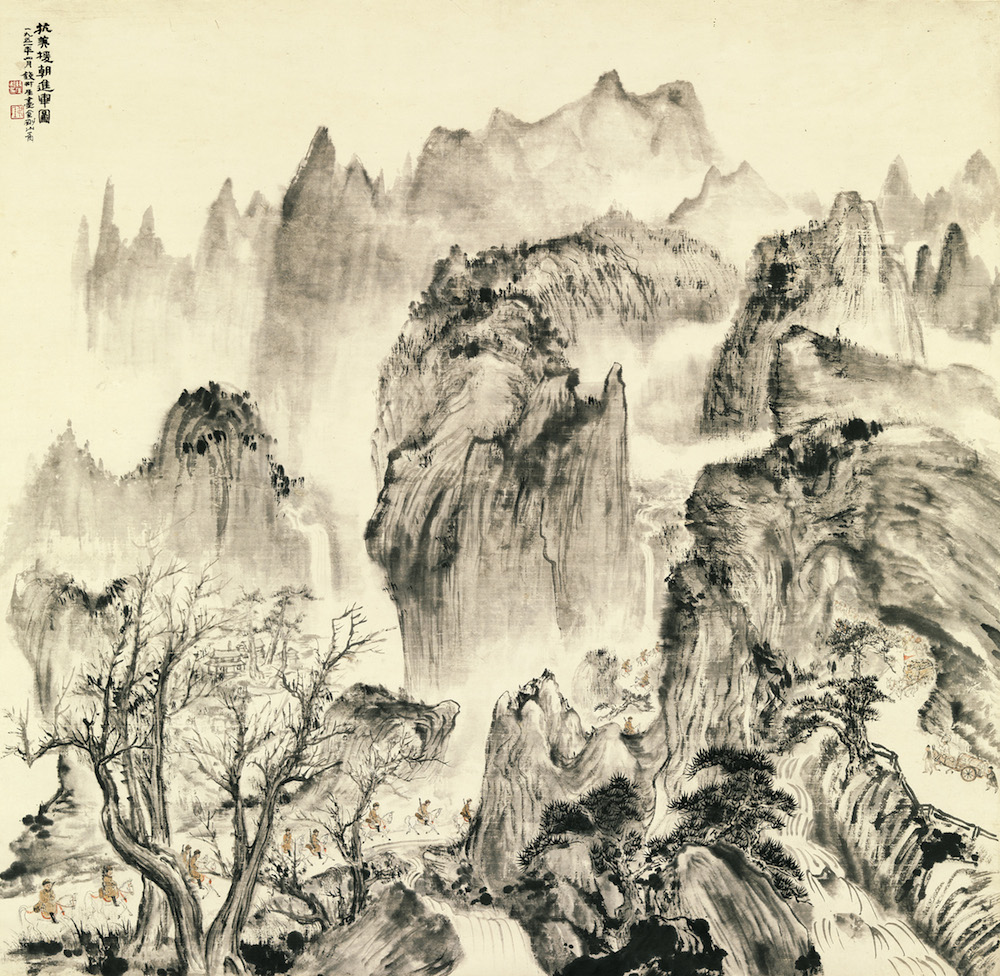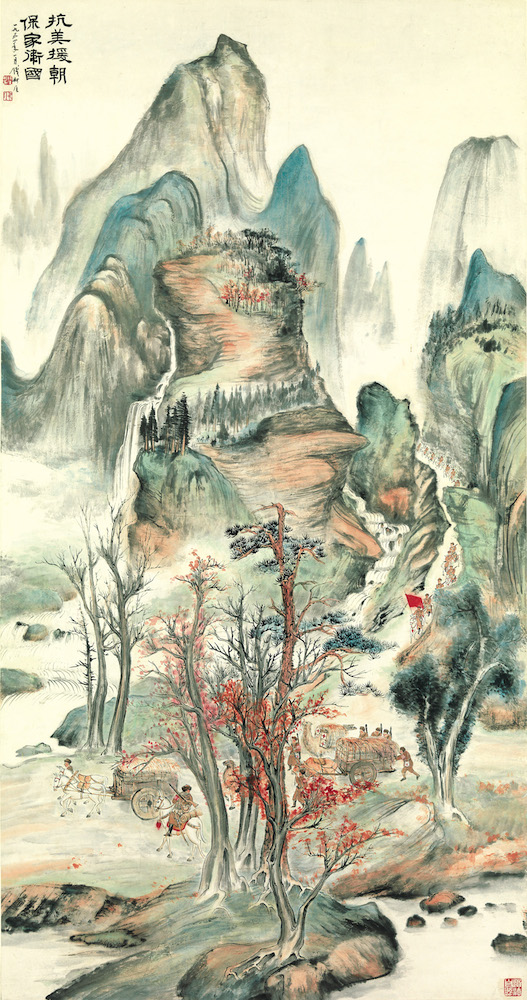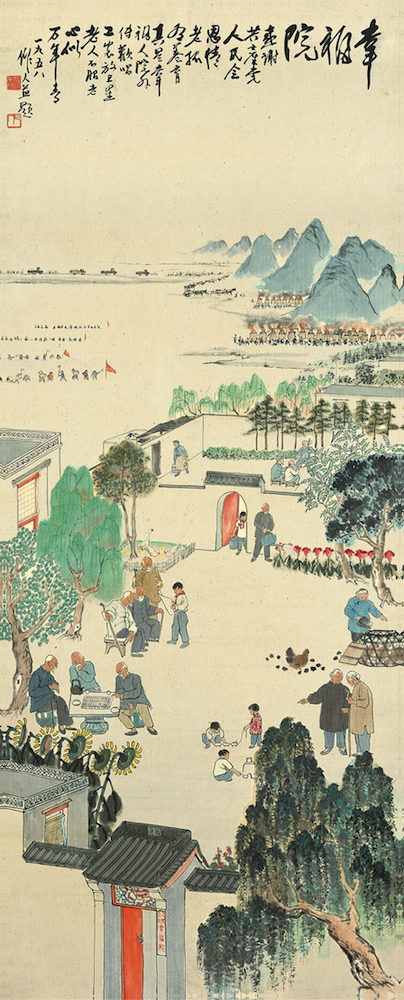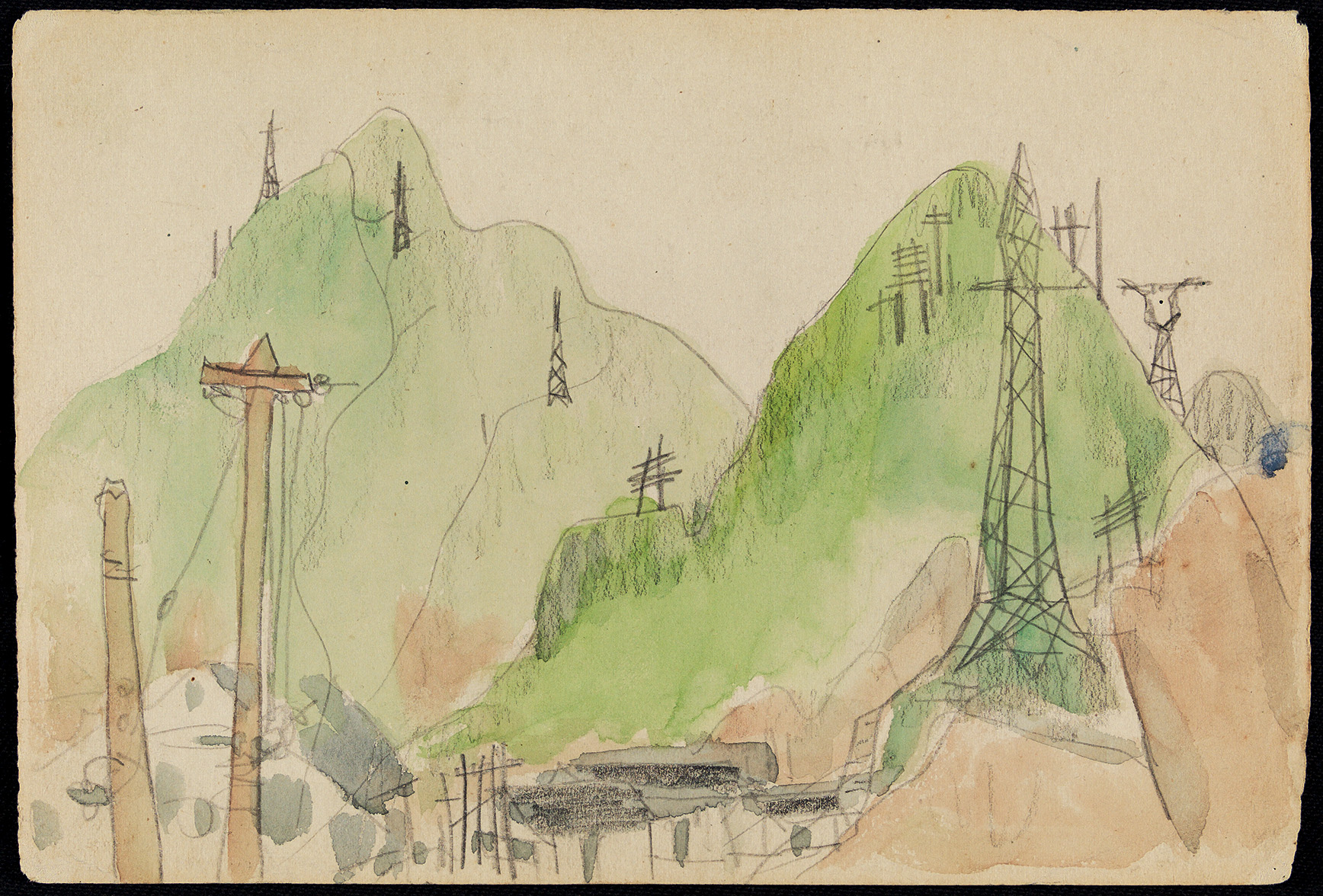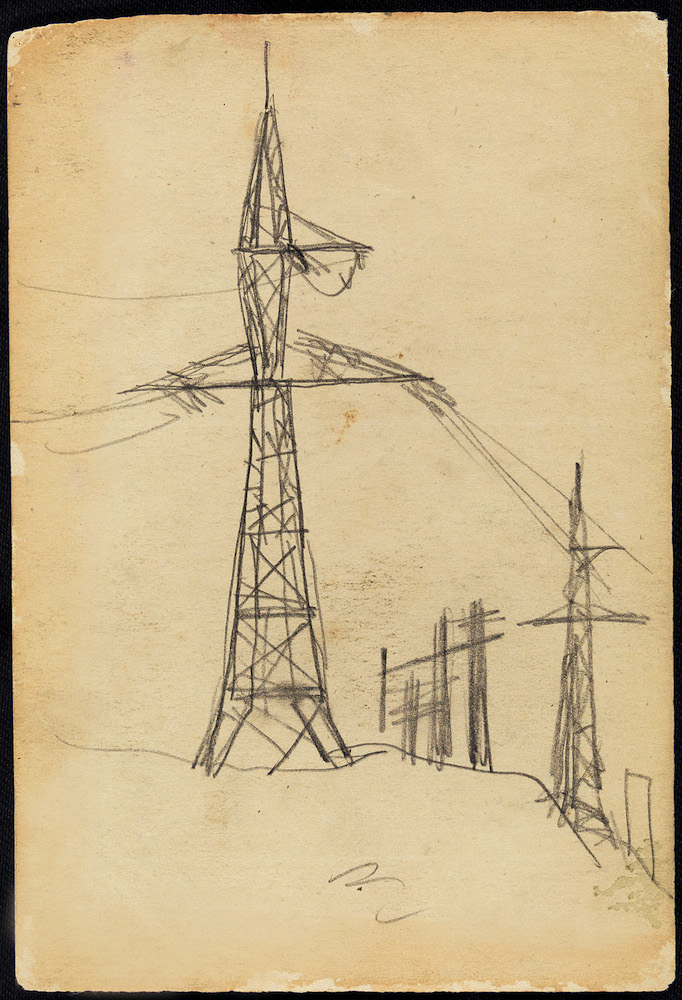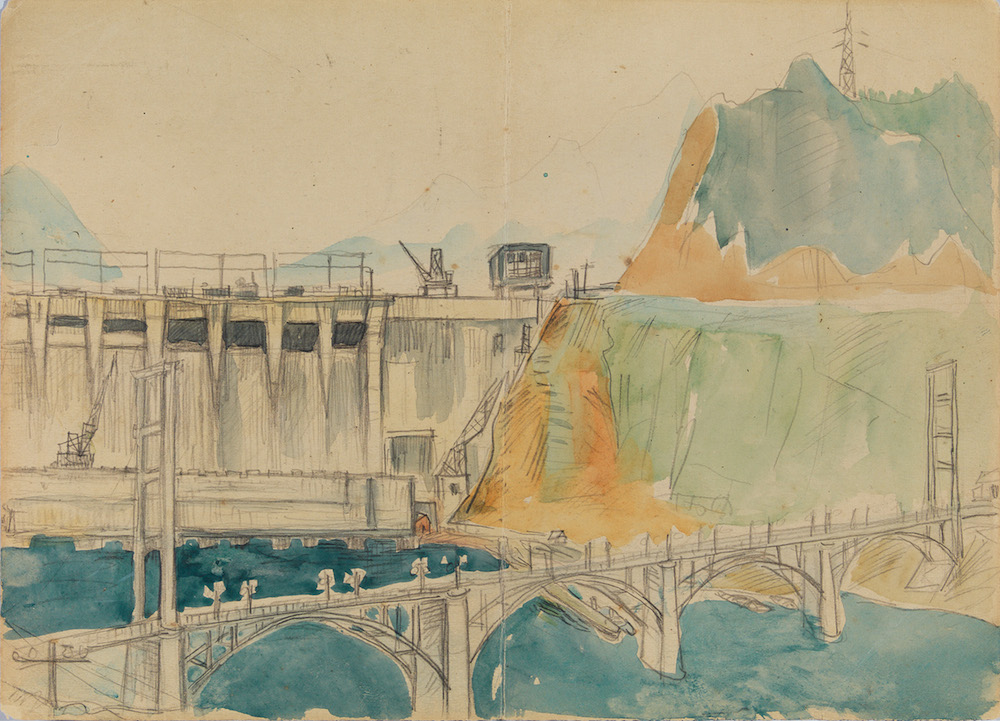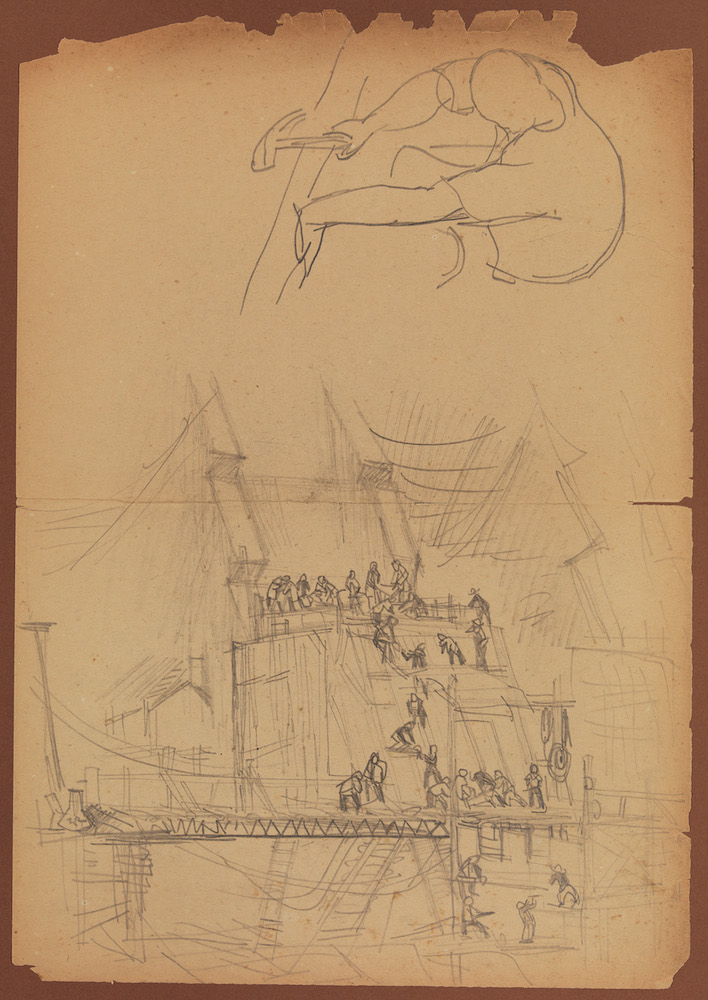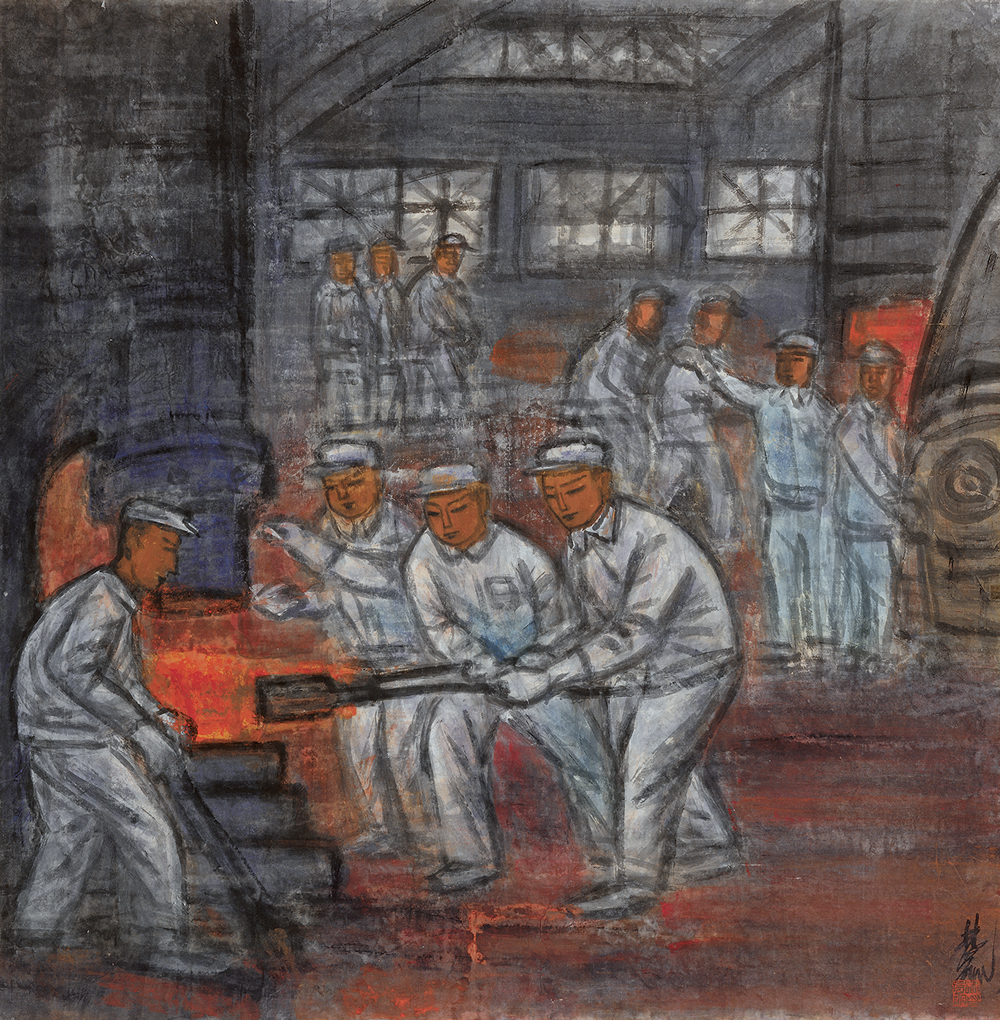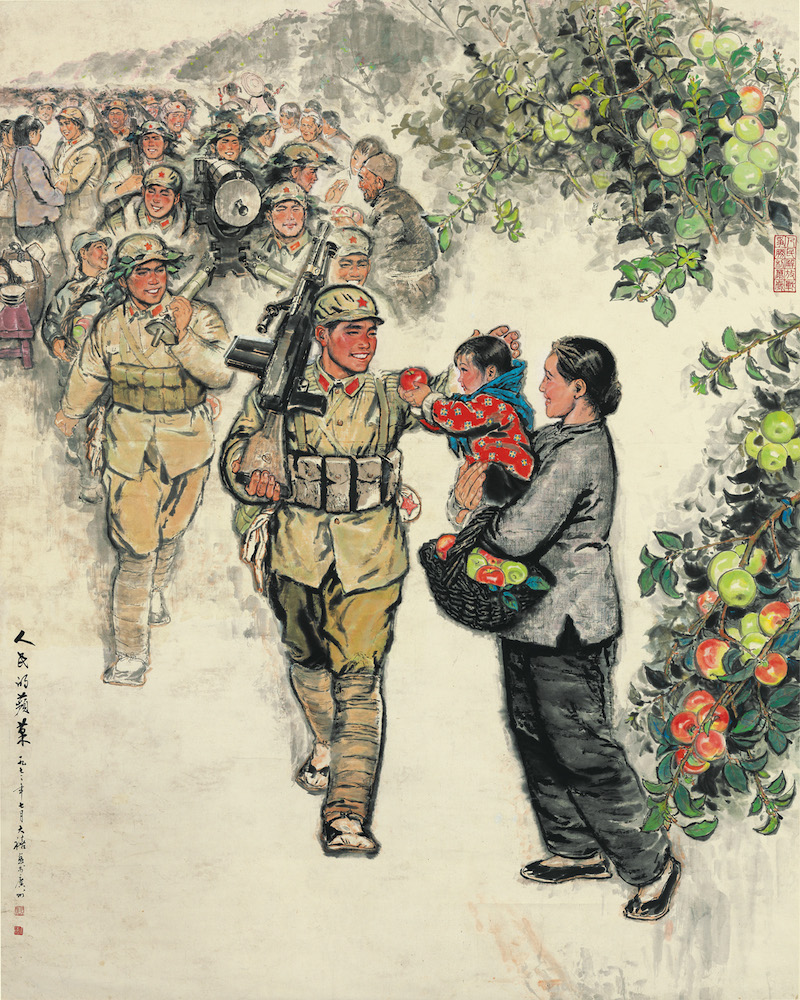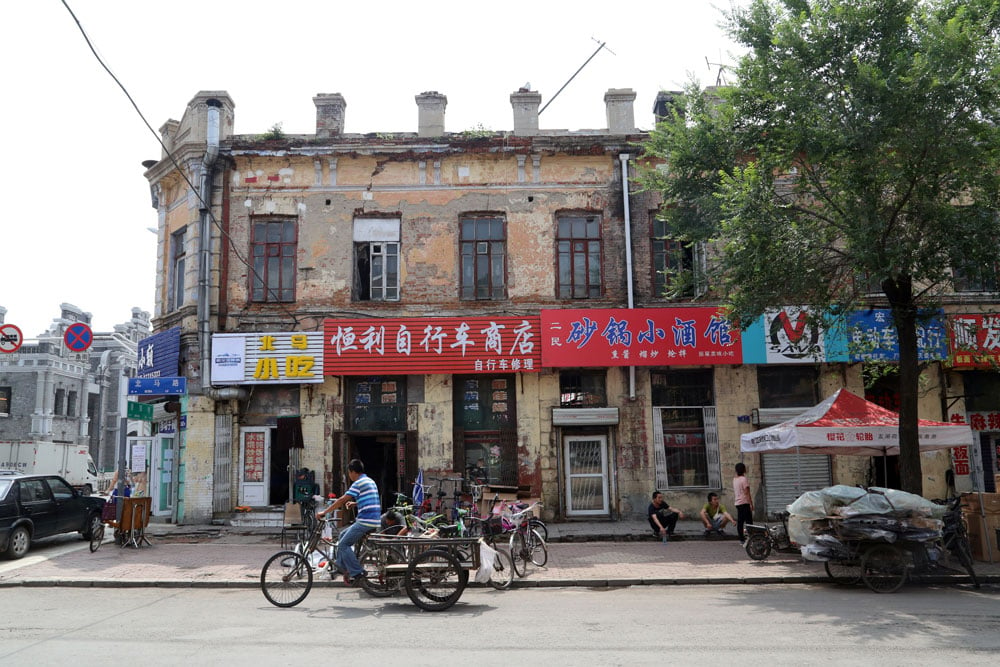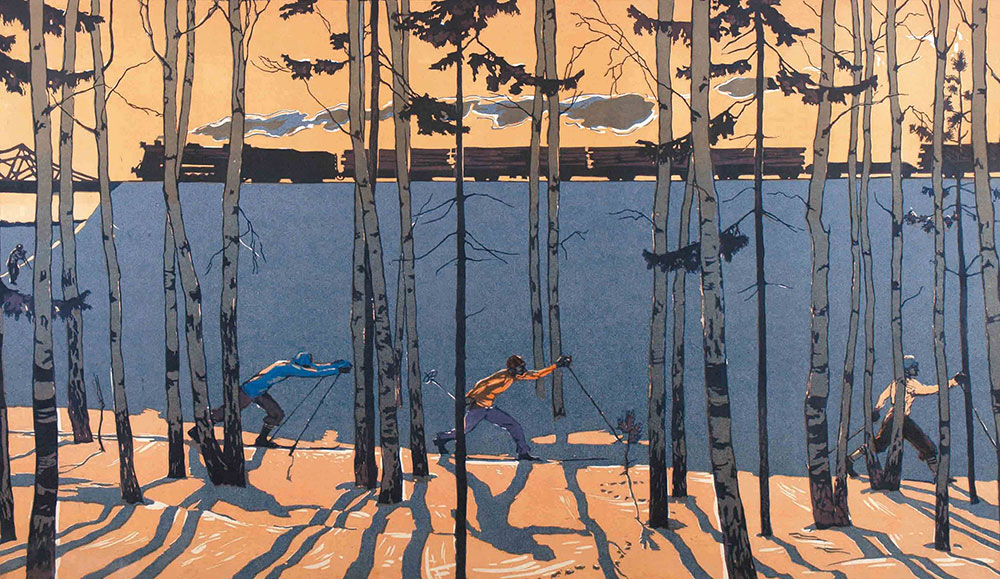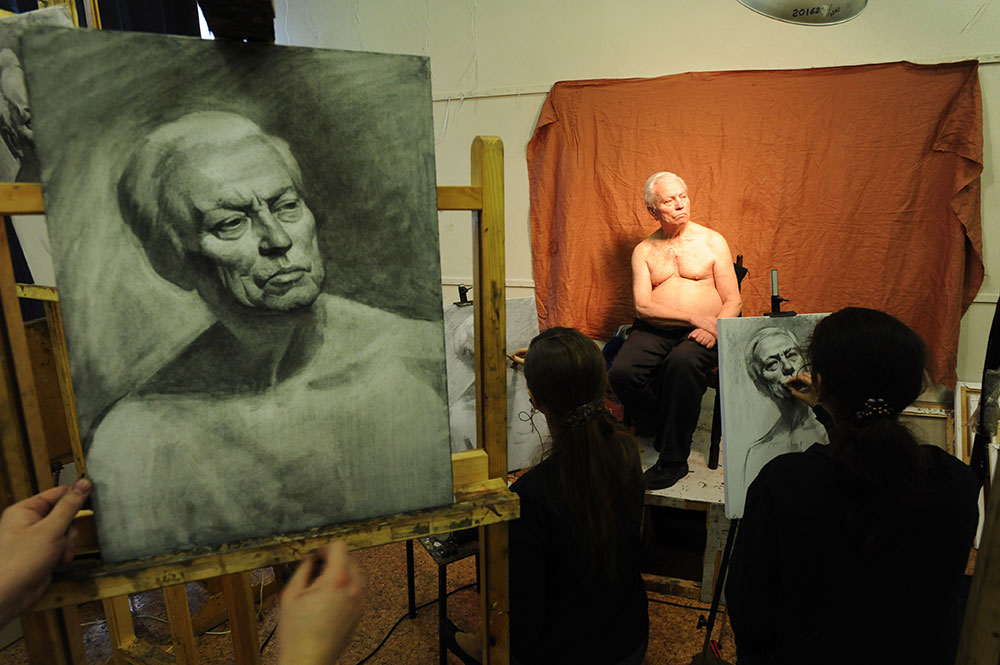Everyday heroes: why is socialist realism back on the artistic agenda?
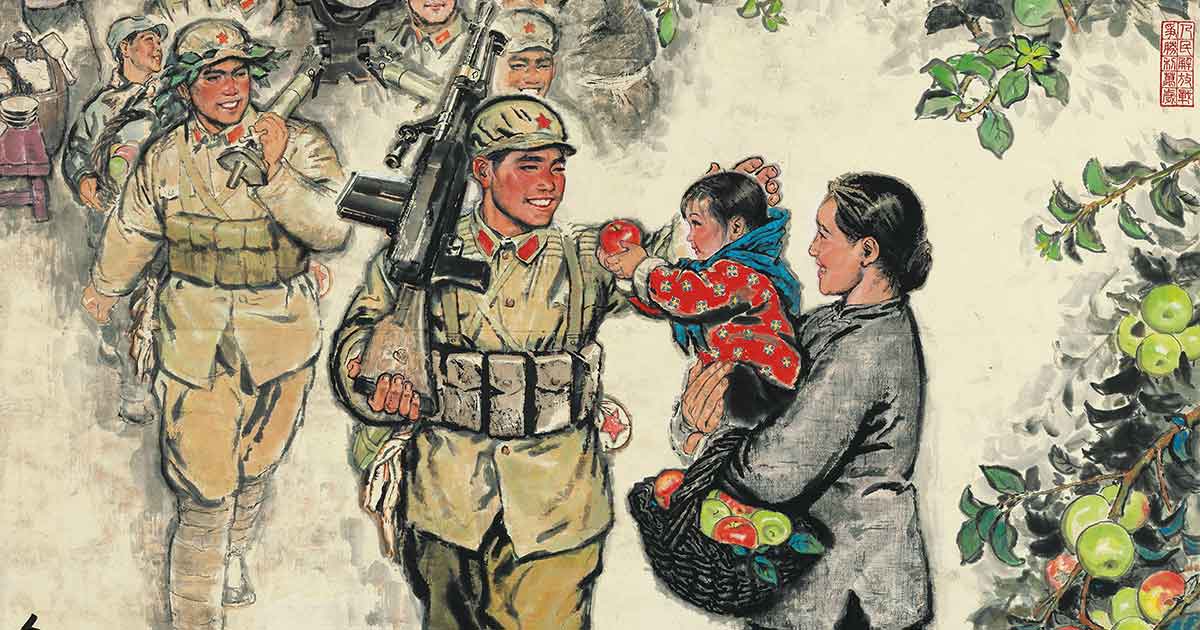
Artists and institutions across the new east and China are engaging afresh with socialist realist painting. But what can this seemingly outmoded style say to us today?
The opening of Moscow’s new Garage Museum in Gorky Park last year was a historical watershed, ushering in a new era for the arts in Russia. Interesting, then, that the Khrushchev-era restaurant building which houses it was so consciously selected by architect Rem Koolhaas for its socialist heritage. Socialist aesthetics seem to be a shared obsession currently for artists and architects from Russia to Koolhaas’ Rotterdam-based headquarters OMA to the booming art galleries of Shanghai. Communism is far away enough that we can begin engaging with it as art history, it seems — or can we?
Socialist realism has deep roots in Russia. Although officially mandated by Stalin in 1934, its beginnings as a movement can be traced back via the Russian portrait painters of the 19th century to the impulses of icon painting. Whether in the fascinating medieval paintings of the Tretyakov collection in Moscow, or the expressive human tableaux of Ivan Repin, the impulse to create representations of human interactions, deeply charged with moral ideas, has a long history in Russia. But as Agata Pyzik has argued, what came to be called socialist realism in Russia and other Eastern European countries emerged organically from deeply rooted cultural origins, providing a modern art meant to articulate visions of the future around which the new societies could unify.
It wasn’t just in Russia that the style took off though. In the newly Communist China of Mao Zedong, painters, filmmakers, writers and even opera singers started expressing themselves in this way, following Mao’s famous comments at the Yan’an Forum in 1941:
The life of the people is always a mine of the raw materials for literature and art, materials in their natural form, materials that are crude, but most vital, rich and fundamental; they make all literature and art seem pallid by comparison; they provide literature and art with an inexhaustible source, their only source. They are the only source, for there can be no other.
As in Russia, an art tradition that had once depicted aristocrats and nobles began to represent the lives of common people and a nation in the process of industrialisation. Just as in Russia, though, socialist realism in China was not simply grafted on artificially or imposed from above, but emerged in response to and dialogue with Chinese traditions. Looking at some of the paintings in the M.K. Lau collection recently shown in Beijing and Shanghai, or at the work of Song Wenzhi, the fascinating blend of indigenous art traditions and modern subject matter becomes very clear. Sometimes, as in Dong Xiwen’s The Founding Ceremony of a Nation, paintings depicting real historical events were painted and repainted, as official histories changed.
In Russia with the Moscow Conceptualists, and in China, where contemporary art is often periodised as having begun in 1976 as the Cultural Revolution ended, artists moved on from socialist realism into new forms and subjects, but in ways that quite clearly referenced the aesthetics and ideals of socialist realism. As Russian emigre artist Alexander Melamid said, “What we wanted was to recreate the dream, to recreate the great art as we understood it in our childhood.” In the noted Bulldozer Exhibition in Moscow, held in 1974, and the Stars show in Beijing in 1979, artists showed unwavering dedication to the socialist ideal even as their respective governments seemed to be willing to let it slip away. In both cases, the sincerity didn’t escape the notice of authorities, but was ultimately tolerated, and what began as bohemian groups of friends gathered in cheap restaurants grew into powerful cultural movements devoted to questioning and articulating what socialism and collective culture meant for both countries.
Looking back on this period today, critics like Boris Groys and Vladimir Paperny have been inspired to brilliant cultural theories, and the heady experimentation of that time — and its denouement in the collapse of the USSR — has left a permanent imprint on the Russian, and perhaps the global, psyche. Semion Faibisovich memorably described the moment as “looking at this reality the way a rabbit looks at a python, until one day the python dropped dead”. Across the world, philosophers, artists, and architects continue a process of mourning — and innovation — on the site of the collapse, using Soviet ruins as the materials to build a new world, yet again.
In a recent series of essays, noted art critics Carol Yinghua Lu and Ding Liu argued that “we have never been able to admit the fact that we have our own subjectivity”. Artists based outside of the west have always had to justify themselves in a way that artists in the “centre” never do, and choose whether to engage with international trends or domestic traditions. Nostalgia for romanticised visions of the past has led to calls for Moscow’s Belyayevo to become a UNESCO site, and driven artists in Beijing to settle in villages like Songzhuang and Heiqiao, echoing the forced movement of artists in the 1960s to the countryside.
In Russia, where socialism is a memory, the legacy is celebrated in institutional terms, at places like Garage or Strelka. China, where it remains in many ways a reality, has painters like Liu Xiaodong and Song Yonghong whose work unmistakably alludes to socialist realism, even if it deviates or innovates in many critical respects. Garage paradoxically represents a renewed interest in socialist histories driven by a combination of foreigners and oligarchs, in dialogue with artistic communities who seem in some ways more comfortable with the old “state vs. dissident” model than the realities of the international art market — at least in theory. The impetus for socialist realism, though — the desire to create an art that truly represented the lives of the people, not only as they actually were but as they could be — remains. The space of art across the new east is one of vigorous debate, where dystopian and utopian visions clash, and in a world where “there is no alternative”, the memory of the attempt to create one will always be alluring.
